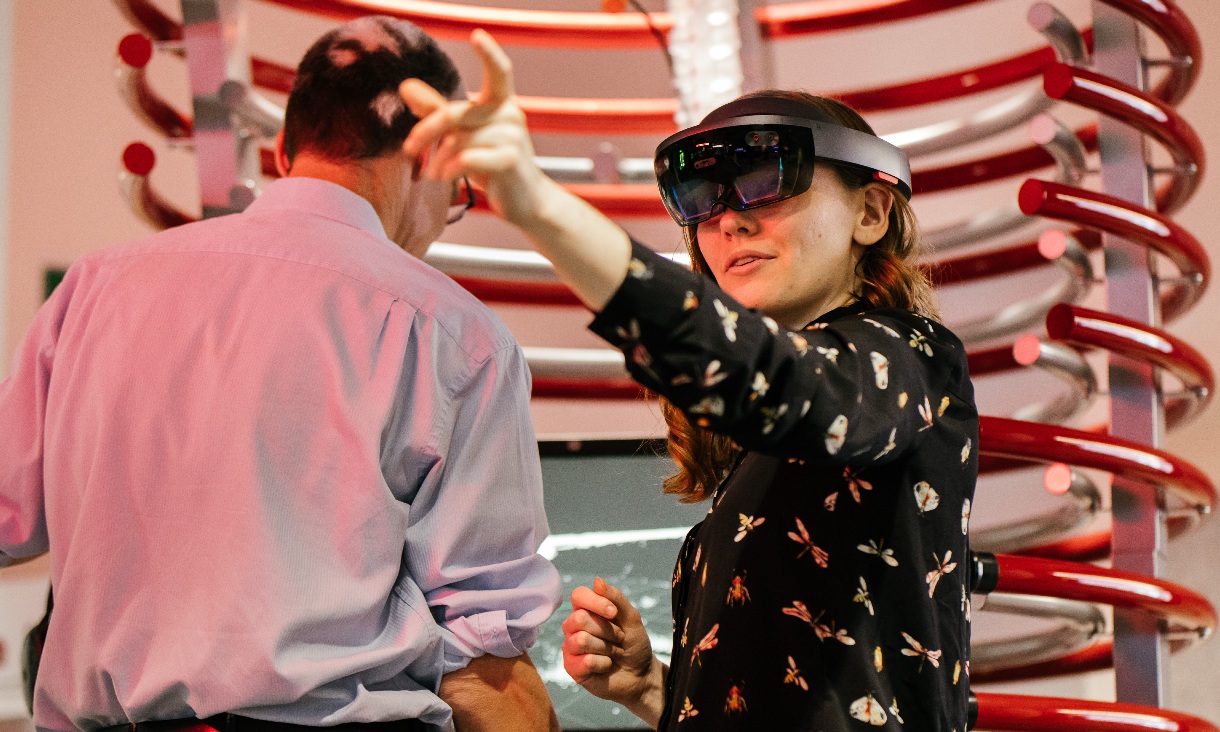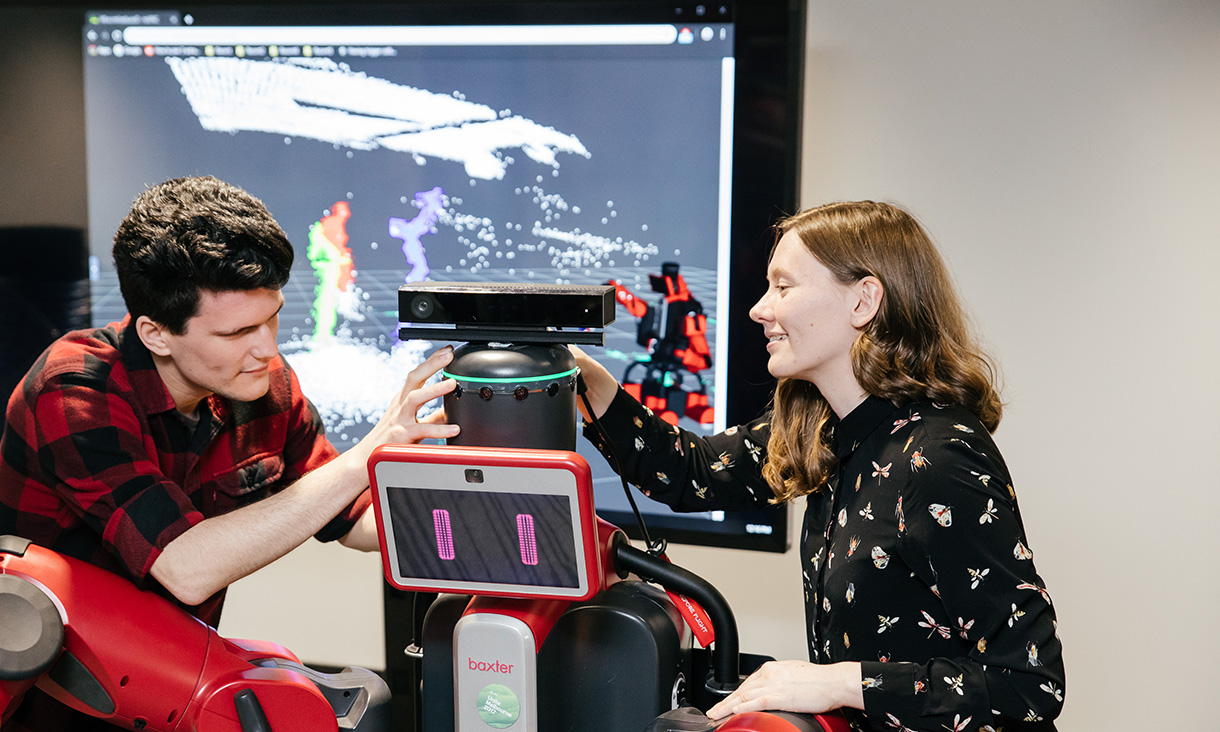RMIT's Bachelor of Computer Science will provide you with in-depth knowledge of systems infrastructure, software methods and technologies, and application technologies from both the theoretical and practical aspects.
This degree will also provide you with a fundamental understanding of all aspects of computer technology, computer hardware, operating systems, computer networks, data structures and algorithms, database systems, software engineering and organisational issues.
Learning in RMIT's revolutionary programming bootcamps and studios, and developing the skills required by industry, you will explore real-world problems that will equip you with the knowledge and agility required to thrive in this expansive and competitive field of computer science.
This degree provides you with the flexibility to choose your career pathway. Whether you want to specialise in AI, blockchain, cloud computing, game design, computer security, data wrangling or computational science, you will have the opportunity to study industry-relevant subjects that will challenge you and advance your career.
You will graduate with outstanding programming skills, the ability to design, implement, and maintain complex software systems which drive mobile devices, social media and intelligent robots, and the ability to adapt to new advances in information technology.




